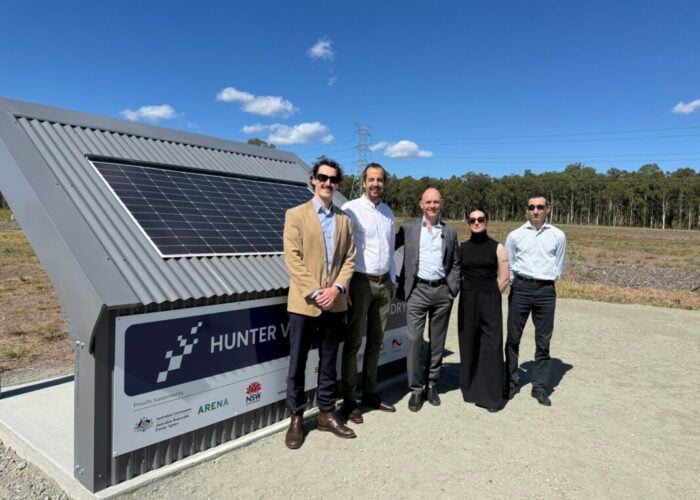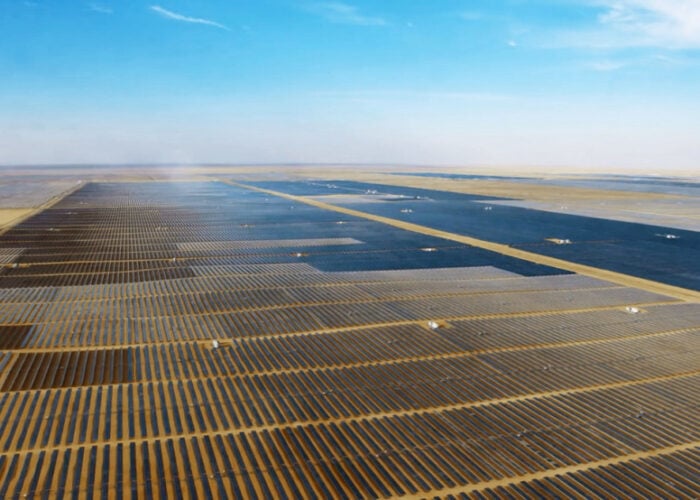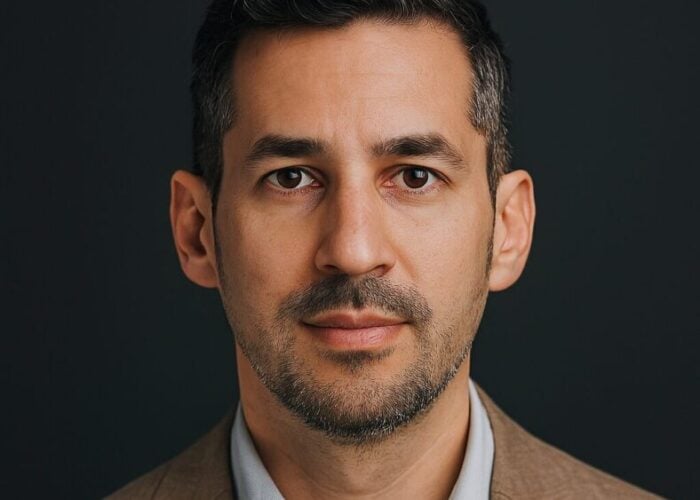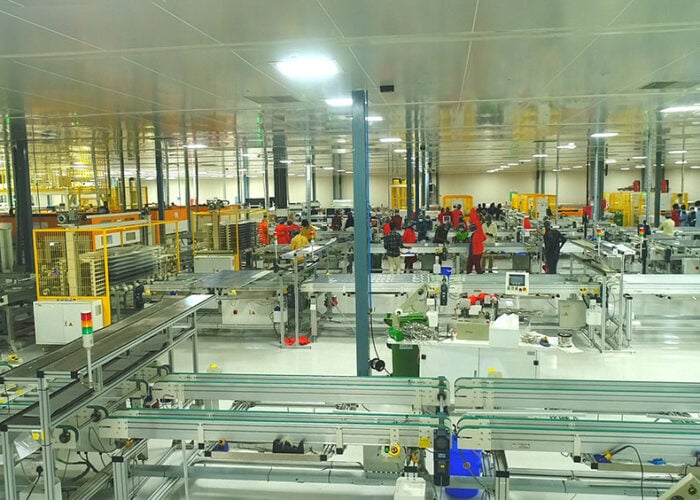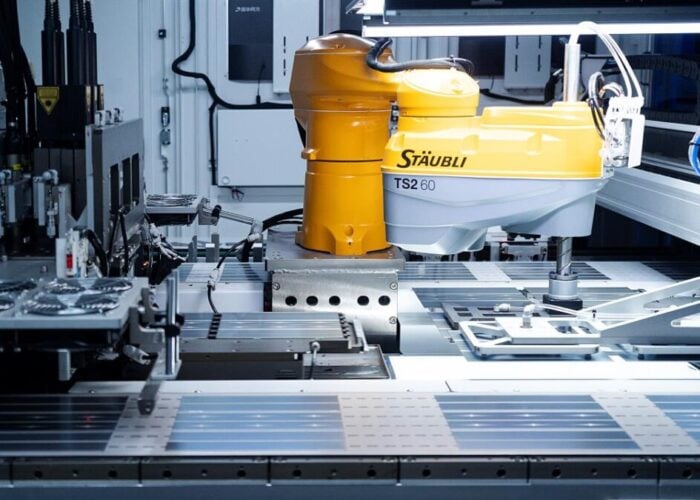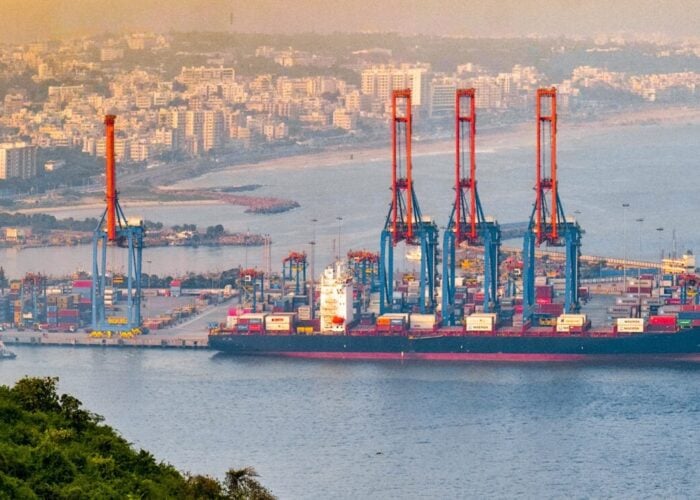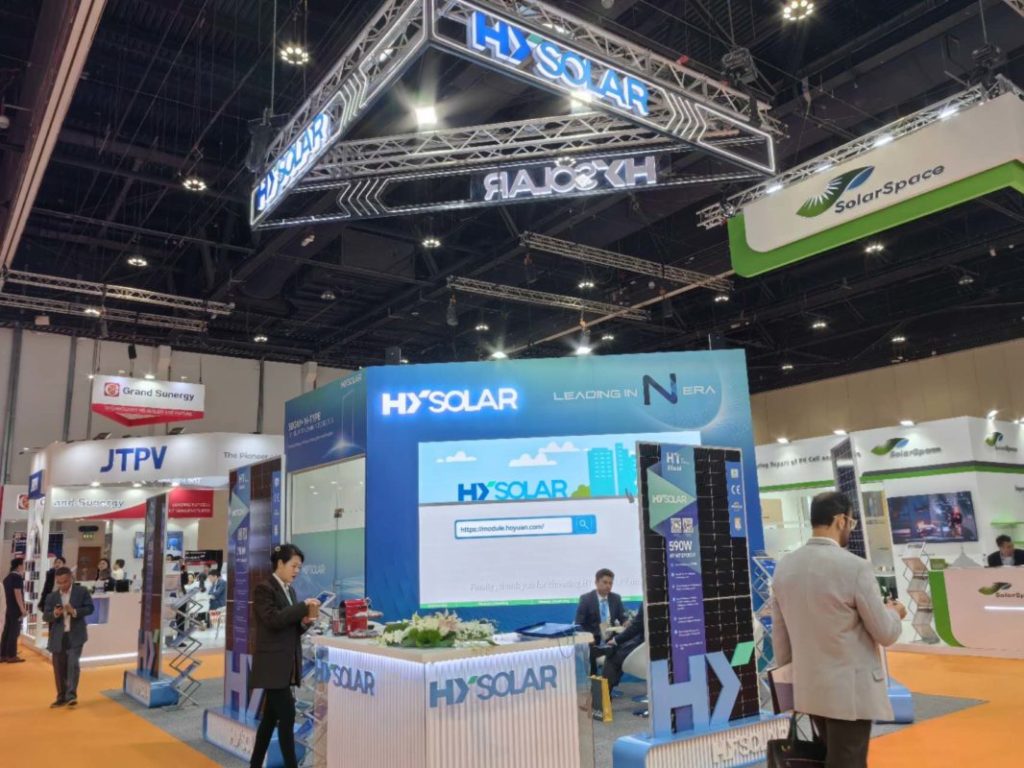
Chinese PV manufacturer HY Solar is to invest RMB5.5 billion (US$760 million) to build a 16GW PV cell production project in Baotou City, Inner Mongolia.
The project is divided into two phases. The first phase involves constructing a 10GW PV cell line, which is expected to be operational by 2025, followed by a second 6GW phase. The total investment is estimated to be RMB5.5 billion yuan, of which approximately RMB3.6 billion will be invested in the first phase and RMB1.9 billion in the second.
Try Premium for just $1
- Full premium access for the first month at only $1
- Converts to an annual rate after 30 days unless cancelled
- Cancel anytime during the trial period
Premium Benefits
- Expert industry analysis and interviews
- Digital access to PV Tech Power journal
- Exclusive event discounts
Or get the full Premium subscription right away
Or continue reading this article for free
HY Solar said the cell technology route for this investment is tunnel oxide passivated contact (TOPCon), the leading technology in the solar sector. However, if the mainstream market route changes in the future, there may be a risk that the project will be delayed due to such changes.
HY Solar currently has six core bases in Wuxi, Xuzhou, Jiangyin, the Qingshan District of Baotou, the Guyang District of Baotou and Chuzhou, with business covering the entire n-type TOPCon industrial chain, including high-end equipment manufacturing, industrial silicon and crystalline silicon, monocrystalline wafers, n-type cells and modules.
Accelerating n-type production
With the advancing of its industrial chain integration, HY Solar launched a number of projects in 2023. The company announced its first TOPCon cell at last year’s SNEC event, and its first TOPCon high-efficiency cell rolled off the assembly line in June. Its first n-type TOPCon PV module followed in August, and the first phase of the company’s high-purity crystalline silicon project was put into operation in the same month.
HY Solar said that this ensures the stable, reliable and efficient linkage of the whole process, so that “high-efficiency PV” can run through every link of product manufacturing.
HY Solar began investing in monocrystalline capacity building in Baotou in 2019. The company now has a complete silicon rod production line and supporting slicing capacity there, which helps provide raw materials for the current cell projects, helping to shorten the procurement cycle and reduce transportation costs.
Alongside the investment announcement, HY Solar also released its annual report for 2023. Last year, the company achieved operating income of RMB11.859 billion, a year-on-year decrease of 45.87%; attributable net profit of RMB741 million, a year-on-year decrease of 75.58%; and non-attributable net profit of RMB568 million, a year-on-year decrease of 77.68%.
The quarterly figures showed that HY Solar was profitable in the first three quarters of last year. However, in the fourth quarter, the company’s revenue dropped to RMB2.28 billion, with a net loss of RMB578 million.
In terms of revenue structure, in 2023, HY Solar’s wafer and silicon rod business achieved revenue of RMB10.73 billion, its PV module and cell business achieved revenue of RMB867 million and high-purity crystalline silicon and chemical business achieved revenue of RMB26.05 million. Wafers contributed 90% of the revenue in the period, but the revenue of the business fell by more than 50% year-on-year.
HY Solar said that, facing a market environment with both opportunities and challenges, it is closely following the industry development and is committed to the “n-type PV vertical integration” strategy for the entire industry chain. By consolidating its original silicon material and wafer businesses, the company said it had successfully completed the mass production of n-type cells and modules.

